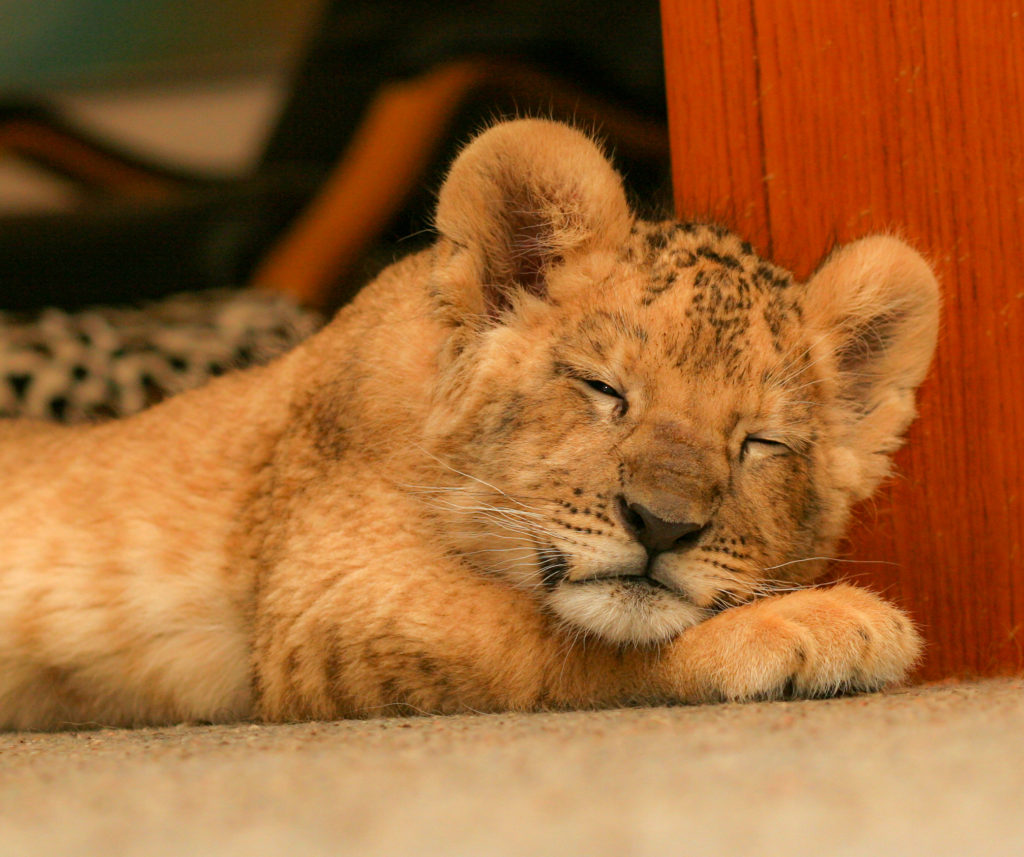
This is somewhat embarrassing to share, but I thought it might be worthwhile:

A little over a year ago, my father suffered a severe stroke, and I spent several months with him in hospitals and rehab, and then drove him across the country to live with me and Lauren. He is a wonderful man whom we both love dearly, but at this point he suffers from severe apraxia, aphasia, and anosognosia, and taking care of him is very challenging, he needs nearly constant assistance and monitoring, and is somewhat moody and bored and understandably angry. None of which I say for sympathy; but rather, to explain that my mood has been somewhat “off” recently. I have been a bit less resilient, tolerant, and beneficent than usual.
What is interesting is not that that my training has not been as good for the past year as it was before, which seems pretty obvious, but my sense of why:
I am not doing anything different. My techniques are the same, my timing is the same, I am not snapping at my animals or correcting them more. My training is fine, but my energy is not as good.
Renowned horseman Tom Dorrance once said,
“First you go with the horse, then the horse goes with you, then you go together.”
This can be understood on many levels, but the one I have been contemplating lately is energetic—we must be able to control our energies and emotions enough that we can bring ourselves into resonance with our animals before we can begin to ask them to modulate their energies with us. Sure, we can “hide” our feelings and muddle through, but animals are masters at discerning underlying feelings, and so we are far more effective when our intentions, emotions, and energies are aligned with our outward communications.
One of the great gifts of working with animals, if we look for and embrace it, is that we learn to be present. We learn to be profoundly mindful and to listen with all of our being to all of another. We learn to have a plan, but to release our expectations of how we shall implement that plan. We learn to be patient, and to let frustration pass over us without taking root. We learn that tiny little changes add up to everything, and that effort and attitude mean far more than performance. We learn to play and smile. We learn that pride and ego and rigidity interfere with effective communication. We learn to breathe and meditate, and to prepare ourselves. We learn to be aware of the sacredness that exists when we ask another to be completely with us, to share our lives, our dreams, and our adventures; to risk with us… We may set out to teach something to our animal, but if we are willing and available, we will likely learn at least as much as they.
One truth that amazes me daily is how deeply cooperative most animals are. If we can effectively explain what we want, and can get ourselves out of the way, most of the time our animals are happy to comply, even when it makes no real sense. But in order for this magic to happen, we must create a space in which they are not afraid, not stressed, not confused; a moment in which they want to be with us, present, engaged, relaxed, focused, enthused, happy. We create this space by being all those things ourselves first, and then inviting them to join us.

Well written, Roland
Roland – I love this and am going to share it if that is OK.
One of my all-time favorite stories about Tom Dorrance was written after his death. He was working with a man who was trying to bridle a mare and she was having none of it. Tom kept repeating to him, “Touch her softer.” After about 10 times of hearing that, the man turned, exasperated and said, “I’m hardly making any contact with her.” And Tom replied, “No, in here,” touching his chest where his heart is. “Softer in here.”
You are welcome to share! Tom certainly understood… 🙂
I love your analysis and so spot on for me. Thanks for being so honest and allowing all of us to learn from it.